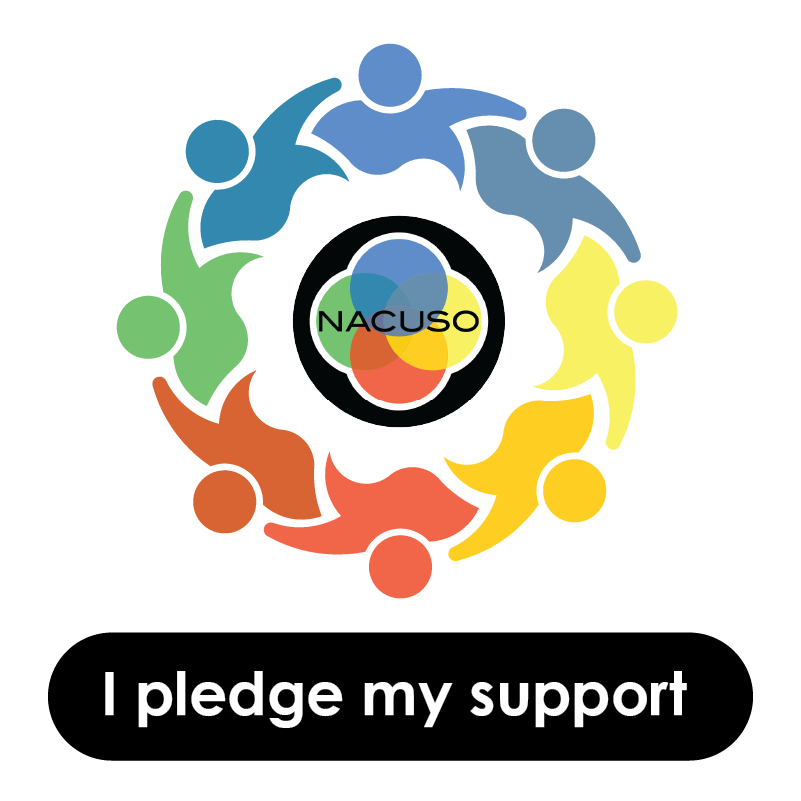 Earlier this month I was in Athens, Georgia teaching Marketing/Business Development and Innovation to the students of Southeast Regional CU Management School (SRCUS). After my last class I needed to get to the Atlanta Airport to catch the last flight out – which is always dicey and to make matters worse – a huge thunderstorm was rolling in. At lunch I mentioned that I was a bit nervous because Atlanta traffic can be unpredictable in the best of times. That’s when I heard about Waze.
Earlier this month I was in Athens, Georgia teaching Marketing/Business Development and Innovation to the students of Southeast Regional CU Management School (SRCUS). After my last class I needed to get to the Atlanta Airport to catch the last flight out – which is always dicey and to make matters worse – a huge thunderstorm was rolling in. At lunch I mentioned that I was a bit nervous because Atlanta traffic can be unpredictable in the best of times. That’s when I heard about Waze.
Waze is the world’s largest community-based traffic and navigation app. Imagine millions of drivers out on the roads, working together towards a common goal: to outsmart traffic and get everyone the best route. It’s crowd-sourced information about police, traffic jams, accidents, and I’d soon come to find out, flooding in the road.
So I downloaded the app, and to make it even better it’s cute and fun and you can change the voice and customize the settings to do things like compare gas prices as you’re nearing stations. It’s ridiculous what technology can do for us today.
The best feature, in my opinion, is you lock in your destination, in this case Atlanta International Airport, and you tell Waze what time you need to BE there. Then it will alert you when it’s time to leave based on current traffic conditions.
The storm continued on as I was finishing up my session. But my flight showed on time so I said my goodbyes and ran to the car. Waze said it would take about an hour and 50 minutes to go the 75 miles. As soon as I turned onto the interstate Waze started guiding me. “Car pulled over on the right just ahead” and I could see on the app about how far up and sure enough, someone had pulled onto the shoulder.
Part of the “community” is that if you get an alert like that and say you pass the point and the car is no longer there you can easily click on a button that lets everyone know it’s cleared. Same thing for “Caution, police just ahead.” Better than the old “fuzz buster” these are fellow commuters just letting you know you should slow down when you get to this point.
I began to relax a little, feeling confident that Waze knew what was coming until the rain turned to “end of days” rain, with winds and lightening all around me. Windshield wipers were set to turbo and still I could barely see the tail-lights of the car in front. Everyone had slowed down to about 20 miles an hour. Crash! Another bolt of lightening with a clap of thunder right in front of us. Then Waze said “Caution, road flooding ahead.” Traffic slowed even more and we found ourselves going through a river of water. As each car hit it a wall of water appeared to sandwich them temporarily. It was a rush. But we were all in this together now, connected by a piece of technology that allowed us to communicate in a safe way for the common good. Brilliant.

This got me thinking about the philosophy around crowdsourcing and how credit unions and CUSOs embrace the same principles. Merriam-Webster defines crowdsourcing as:
: the practice of obtaining needed services, ideas, or content by soliciting contributions from a large group of people and especially from the online community rather than from traditional employees or suppliers
Online crowdsourcing strategies that induce masses of people to solve a task, such as locating far-flung items or alleviating world hunger, work best when financial incentives impel participants to enlist friends and acquaintances in the effort, a new study concludes. —Bruce Bower
These sites take advantage of the phenomenon known as crowdsourcing, or turning to the online masses for free or low-cost submissions. —Katie Hafner
How can credit unions and CUSOs leverage this powerful tool to continue working together?
I think our version of crowdsourcing can be seen in some very forward thinking CUSOs like CO-OP Shared Branching, CU Direct’s Indirect Lending and two of our newest CUSOs, Credit Union Lending Cooperative and the CU Ledger “movement.”
The key word is “crowd” meaning many people working towards a common good or to solve a common problem. Shared branching wouldn’t have near the impact if only credit unions in Oregon shared, for example. Today there are shared branches all over the world and the network has surpassed Chase to take the number 2 spot among consumer financial institutions in the USA.
CU Direct delivered $39 billion in credit union auto loans in 2017. CU Lending Cooperative is a new San Diego based CUSO that aims to provide credit unions with a national presence in major online lending programs, the first of which will be through LendingTree. CU Ledger, a credit union industry initiative for developing applications of distributed ledger technology recently received an investment from another great crowd of people, PSCU.
Credit unions have been living the 6th cooperative principle: cooperation among cooperatives for decades now by forming, investing in and using CUSOs to better serve our members – together. We know the Waze!


























